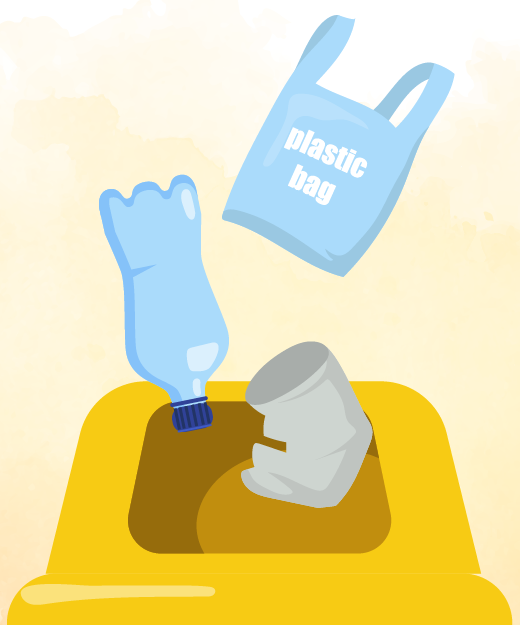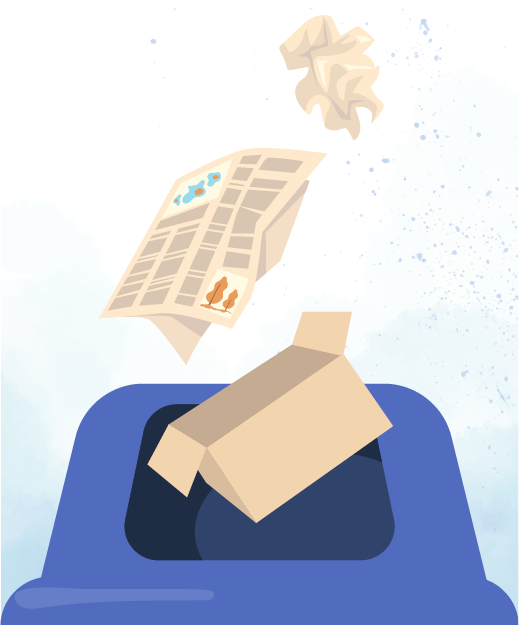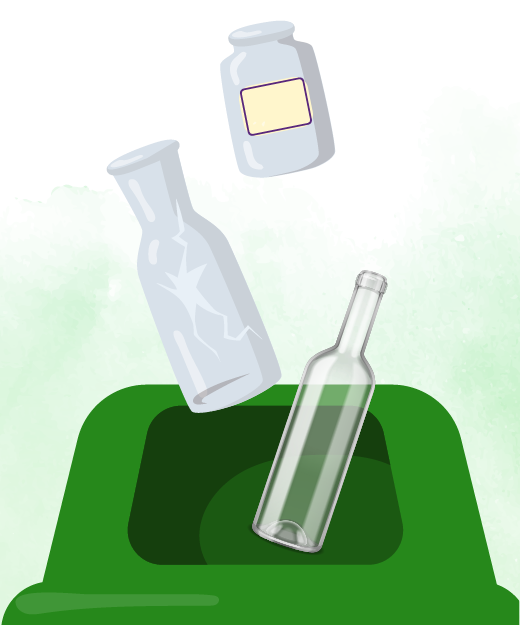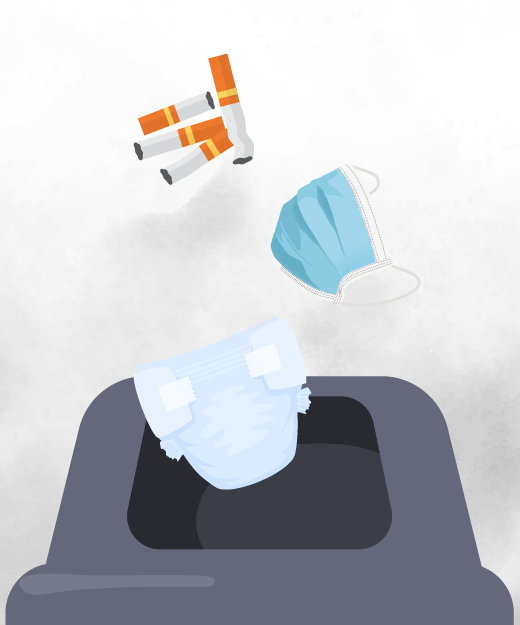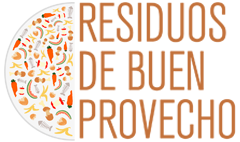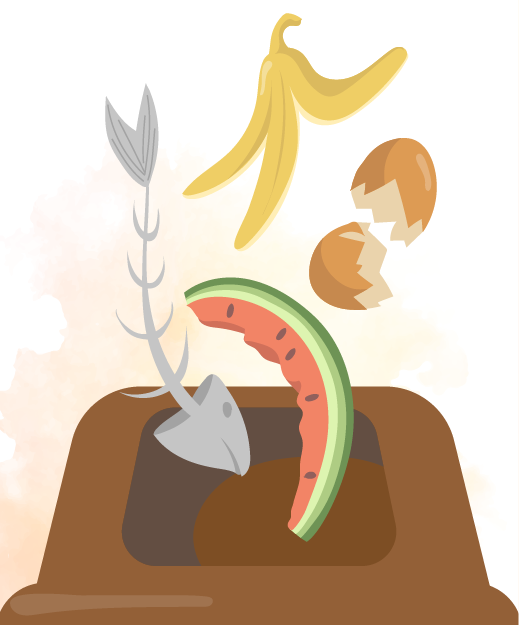1Are glass (vidrio) and crystal (cristal) the same thing, and can they be put in the same bin?
No. The term crystal is very often used as a synonym for glass, albeit incorrectly. Glass is formed from silica sand, sodium carbonate and limestone and is produced by melting these elements at a temperature of about 1,500°C. Crystal, on the other hand, contains not only silica sand, but also oxides of sodium carbonate and limestone, which produce certain peculiarities such as crystal's characteristic sound, brilliance and transparency. For this reason, crystal should not be tossed in the glass bin, since it hinders the glass recycling chain and leads to imperfections in new bins.
2How can I tell the difference between glass and crystal?
Glass is used to make glass containers, such as jars and bottles.
Like any container, they need to be sealable, which means they have a stopper or a lid. So remember, if they have a lid, cap or stopper, they are glass!
3Where should aluminium foil and plastic food wrap be recycled?
These should be tossed in the light packaging bin (yellow). However, if these contain a lot of organic waste, they should go in the other waste fraction (grey bin).
4Where do aerosols go?
If they are household size (not industrial packaging) deodorant, hairspray, air fresheners, etc. they go in the light packaging bin (yellow). We recommend using up the product completely, that is, they should be completely empty to prevent toxic substances and spillages.
5Why does the Tetra Brik go into the yellow bin and not the blue bin, since it’s made of cardboard?
Because Tetra Brik has an aluminium inside to prevent the cardboard from falling apart and it is wrapped in a shiny and resistant plastic cover, so the recycling process is different from cardboard and paper.
6Why should a toy or any other plastic object, such as a bucket, not be placed in the light packaging bin (yellow)?
Because this bin is intended exclusively for packaging, which can either be plastic, metal or Tetra Briks.
This is a very common mistake; plastic toys or objects should go to the recycling centre or mobile recycling centre.
Furthermore, if the toys are electric toys, it is important to remove the batteries before taking them to the recycling centre.
7Can toilet paper be flushed down the toilet?
Yes, but not in large quantities.
It is important to use toilet paper rationally and not to overdo it with the quantities used.
Although the city's drainage system takes care of disintegrating the paper, you should have a bin in the bathroom.
Remember that the toilet is not a waste bin, and we shouldn't throw away wipes, tampons, sanitary pads, nappies, etc. in the toilet. This waste should be disposed of in the grey bin (other waste).
8Can I put photographs in the paper and cardboard bin?
No. Photographs developed on photographic paper contain halides that make them impossible to recycle.
Today, digital photos prevent a lot of photos from being thrown away, but before you do, try to upcycle them as postcards or use them for handicrafts.
You can also take them to the permanent or mobile recycling centre.
9What should be tossed in the grey (other waste) bin?
All non-recyclable waste, sanitary pads, nappies, tampons, plasters, etc. should be placed in the grey bin.
Since the introduction of the organic fraction, it is essential to refrain from tossing organic waste in the grey bin, since it should be placed in the new brown bins for recycling.

